Helene Darroze’s flagship restaurant at The Connaught opened in 2008, gaining a Michelin star in 2009, a second star 2011 and the ultimate third star in 2021. Ms Darroze started her career with Alain Ducasse at Louis XV for three years before taking over her family’s restaurant in Paris and retaining its Michelin star. She opened Restaurant Helene Darroze in Paris at the turn of the millennium, gaining a star there in 2001 and a second star in 2003 through to 2010. She now splits her time between the London and Paris venues. The head chef in London since 2018 is Marco Zampese, who had previously worked here as sous chef before a stint running the Helene Darroze restaurant in San Sebastian. The wood panelled dining room, with its well-spaced tables, seats up to fifty customers, with around twenty chefs in the kitchen. There is also a small dining table set up in the kitchen, which is available for hire if you want to see the food being prepared in front of you.
The Connaught restaurant had a seven-course tasting menu at £165 (though cheese was extra at £22) as well as a three-course weekday lunch menu at £65. The tasting menu had some choice, with a number of dishes having supplements e.g. if you wanted the “Highland wagyu” instead of pigeon then you would pay an extra £95. These menu prices are not that high by the standards of three-star restaurants in major cities, provided you avoid the supplements. However, for the full picture then you then have to consider the wine list, and forgive me for a longer than usual digression on wine before we cover the meal.
The vast list sets out no less than 1,955 labels ranging in price from £40 to £35,000, with a very high median price of £450, reflecting the many prestigious wines available in multiple vintages. The range is wide, with 67% of the list from France, but with offerings from as far afield as Syria, Slovenia and Georgia. There were just half a dozen wines under £50, but 77 bottles under £75 and a further 97 labels under £100. There were no less than 580 bottles at over £1,000, for those that have the means. What is most unusual is the pricing strategy. A posh Mayfair wine list usually marks up wines by perhaps four times retail for cheaper bottles, moderating to twice retail or less for the priciest labels, with an average markup to retail price of perhaps 3.2 times or maybe 3.4 times shop price. Remember that service is charged on top of the wine price, and that a restaurant buying wholesale in bulk is paying considerably less (probably 20% or so less) than you and I would pay in the high street, so the profit margins are higher than the markup to retail price appears to be. There were some wines at roughly three times retail markup level here, including some quite modest but enjoyable wines such as the pleasant Marques de Murrietta 2015 at £55 compared to its shop price of £20, or the Argyros Estate Assyrtiko from Santorini 2019 at £90 compared to its retail price of £28. However, the list is unforgiving in its markup levels for many of its bottles, even for some of the prestige wines. One top class German Riesling was almost nine times its retail price, and this was no aberration. A bottle of the excellent Rhone red Chateau de Beaucastel 1981 costs £240 in a shop yet here was listed at £1,100 (plus service of course). Chateau Latour 1990 is a lovely wine that will set you back £864 in a shop at the time of writing, yet here would set you back an absurd £6,500. One old Chateau Palmer vintage was priced at over twenty times its market price. The pleasant Ten Minutes by Tractor Pinot Noir 2017 was £120 for a wine that you can find in the high street for £25, and I could go on and on with examples of wines at vast multiples of their retail price. What is puzzling is that many wines on the Darroze list were at entirely normal levels of markup, so I am baffled as to what is going on here with the pricing policy. The list is too large for me to look up single every wine price and so to calculate a precise average markup, but on a sample of around 400 bottles that I did look up, the average markup was over four times retail price. With corkage set at £100 a bottle there is no escape by bringing your own wine either. Perhaps there are pricier wine lists in the UK than this, but it is hard to think of one. Everyone understands that restaurants have to make a living, and need to charge a margin on top of the cost price of their wine in order to make a fair profit. However, around three times retail price on average is plenty enough to do that for a typical UK fine dining restaurant, and much beyond that level is crossing a line into daylight robbery. Much of this particular list not only crosses that line, but does a little dance and then heads far beyond that line into the middle distance, thumbing its nose at the customers as it does so. Should you come here and want to order some wine, then here are a couple of tips, courtesy of my very knowledgeable dining companion. The highly rated Francois Cotat Les Culs de Beaujeu Sancerre 2018, from a tiny four hectare (ten acre) estate, was lovely and priced at £125 compared to its retail price of £49, while Domaine Frederic Magnien Gevrey-Chambertin Vielles Vignes 2016 is a classy wine priced at £120 compared to its shop price of about £70. If you stick to water then a 750 ml bottle of San Pellegrino was £9 – you can currently buy this for £1.10 in Waitrose.
Back to the food after that little digression. The meal began in an unusual way, with a trio of sardine canapes; this is certainly an unusual ingredient to feature on the canape section of a French fine dining restaurant. Melon with cured sardine seemed to me just weird, the melon adding little, though a marinated sardine with cucumber on a cracker was better. I have nothing against sardines, and recall some lovely ones I had eaten in a simple restaurant (To Pasaraki) in Santorini three years ago, but these sardines had nothing of that impressive flavour quality. Best of the trio of canapes was a dill and chive meringue with sardine parfait. Still, I am not sure this was the kind of exciting introduction to the meal that you hope for from a series of nibbles. On the side was a pleasant celeriac consommé prepared with the leaves and stalks of the celeriac. This was probably the best element, which is not a compliment to the canapes (barely 15/20 average). Bread at least was very good, sourdough with rye flour being made in the kitchen and having excellent texture and nice acidity (easily 17/20).
An initial course was Cornish spider crab, with both the white and brown crab meat and coated in pomelo foam. The crab had excellent flavour and I really liked the slight sourness of the pomelo as a contrast to the natural sweetness of the crab (18/20). It was a pity that some shell had eluded the kitchen and made it into my plated crab, but no dental damage was done.
White asparagus from Landes was fermented with white miso, served alongside cured sea bass and whelks along with little balls of finger lime and dusted with bottarga. I thought that this dish was the least successful on the menu; I am not sure that this was the best treatment for the white asparagus, and although the bottarga was of high quality, the combination of elements did not really work for me (14/20).
Much better was foie gras, a speciality of the Landes area, that had been pan-roasted with a coating of sesame seed, sobacha (buckwheat kernels) and toasted buckwheat, along with melon and a sauce of Koji rice and sake. The liver itself had silky texture and deep flavour, with the seeds adding a textural contrast. I was less certain about the wisdom of the melon as an accompaniment, and it seemed odd to see it used again after the canape, but the foie gras itself was superb (18/20).
Lobster from Cornwall was prepared with tandoori spices, carrot and citrus purée and rested in a beurre noisette sauce. French cuisine rarely uses Asian spices, with the exception of the great Olivier Roellinger in Brittany, who pioneered its use at his superb three-star restaurant back in the day. However, the application of them here was spot on, the carefully controlled spices, including lampong pepper, lifting the flavour of the tender lobster, the carrot adding an earthy contrast. This was an unusual and terrific dish, an adaptation of a dish that Ms Darroze used to make with a large scallop rather than lobster, inspired by a trip that she took to India (19/20).
Cornish turbot was poached and served with girolles and broad beans, resting in beurre blanc flavoured with espelette pepper. The fish, from a medium sized 5kg turbot, was accurately cooked and had good flavour, the vegetables were fine and the sauce worked well, though this dish felt enjoyable rather than remarkable. It was also not quite hot when it arrived (16/20).
Pigeon from Brittany was served with puffed rice, beetroot, radish and cocoa with blackberries. The sauce took inspiration from Mexico, a mole sauce that was thickened with chocolate. On the side was confit pigeon leg coated in amaranth seeds. The nutty flavour of the amaranth worked very well with the richness of the slow-cooked pigeon leg. The breast of the bird was carefully cooked and had lovely flavour, with the earthiness of the beetroot contrasting nicely with the richness of the meat and sauce (17/20).
We skipped the optional but separately priced (£22) cheese course. The board had a small but appealing selection of cheeses, featuring Morbier, aged Comte and Stichelton. A pre-dessert was a beignet (doughnut) of choux pastry with orange blossom cream and blackcurrant cream. This was rich but had enough acidity from the fruit to balance the sweetness of the sugar, and the texture was lovely (18/20). A dessert featuring gariguette strawberries from France came with a bay leaf panna cotta with lemon jelly and a strawberry jus. The fruits had lovely flavour, with their acidity nicely cutting through the thickened cream, the lemon jelly adding further freshness (18/20).
The final dessert was a take on baba, but using Armagnac rather than the usual rum, with French raspberries filled with raspberry jam served on the side. In an unusual twist, the traditional Chantilly cream scooped on to the baba was laced with two kinds of pepper, one from Sarawak and the other a long pepper from India. Rum baba is a tricky dessert to do well as it dries out so easily, but the version here had no such issue and had extremely light texture. I was nervous about the pepper, but this turned out to be an inspired choice. The aromatic but gentle spice of the pepper really lifted the flavour of the cream and was a clever way to contrast with the richness of the cream and the Armagnac. This was a real triumph of a dessert (19/20, pushing 20/20). I also tasted an alternative dessert of chocolate with coffee, coriander and vanilla, which was very classy too. The pastry section of the kitchen here really delivered at this meal.
Filter coffee brewed in a siphon (£12) was supplied by Alain Ducasse, who has a coffee shop in Kings Cross these days as well as his restaurants, with a double espresso (which seems to be just regular Nespresso) at £9. Accompanying this were a selection of petit fours: beetroot pate de fruit, tarragon marshmallow (not for me) and a Talisker whiskey flavoured chocolate, all of which were very well made. Service was silky smooth throughout the meal, with knowledgeable and friendly staff. The bill came to a hefty £471 per person, even with quite careful wine selection. If you went for the three-course lunch and one of the cheapest wines on the list you could eat for much less, perhaps £120 or so with coffee and service charge, though you would not have the same experience as the full tasting menu. Overall, this meal was definitely a notch up from my last meal here, and it featured a couple of genuinely top-class savoury dishes along with high class desserts. Whether it really is on a par with a top Paris three-star restaurant is debatable, but it compares well enough to London’s other three-star French offerings. However, if you go for the full menu and tread in any way unwarily through the wine list then you will experience a very sizable bill.
Further reviews: 27th Apr 2012 | 21st Sep 2009 | 01st Aug 2008 | 22nd Jul 2008 | 01st Jul 2007










































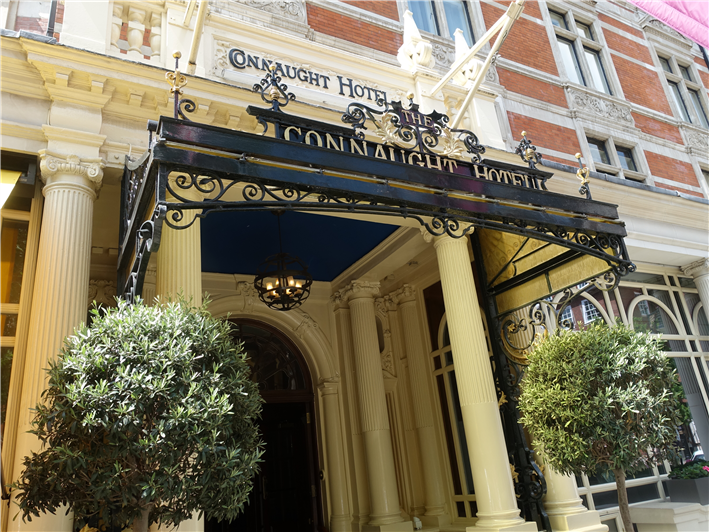


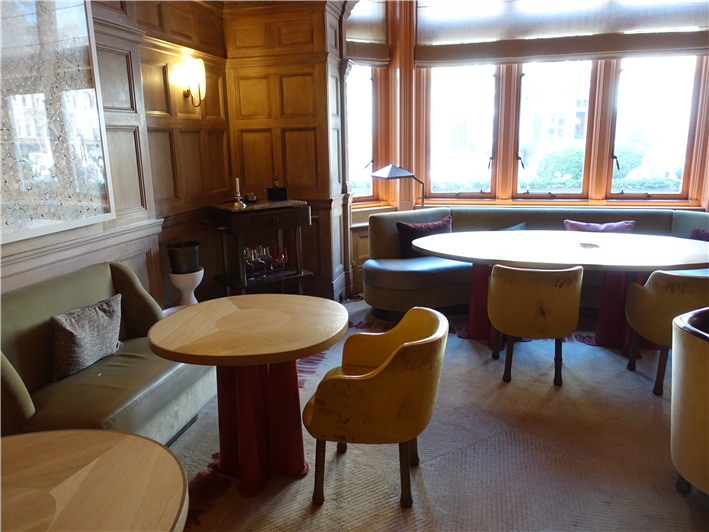
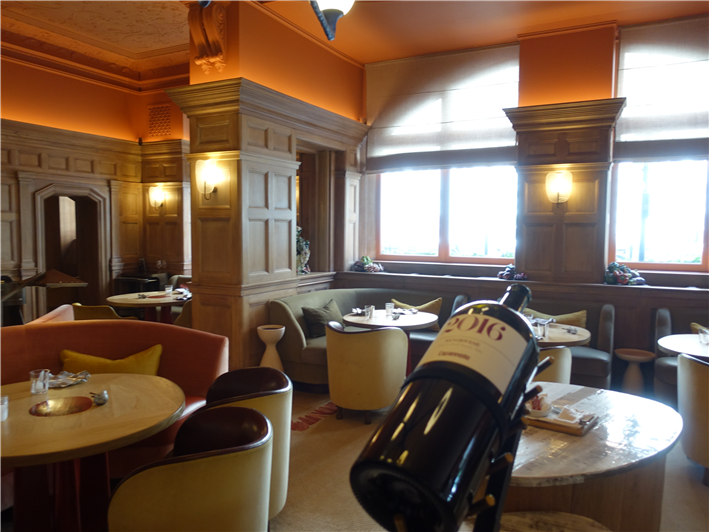

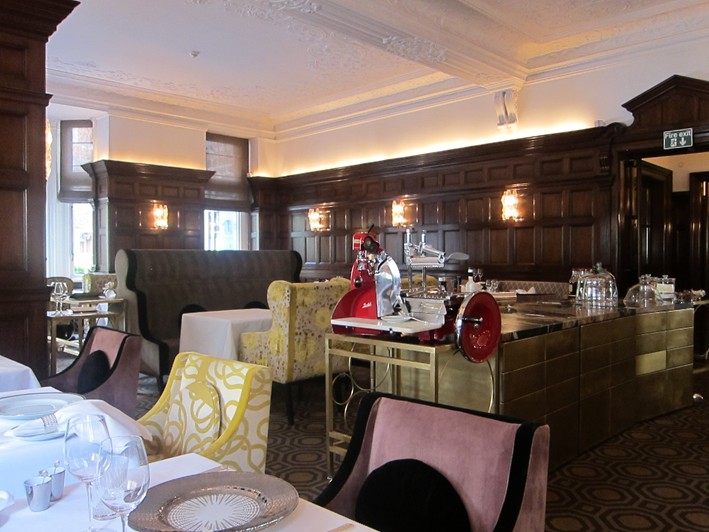
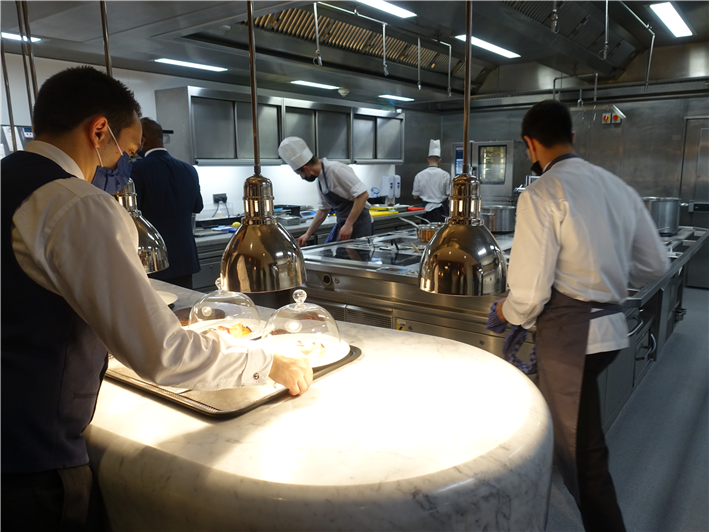
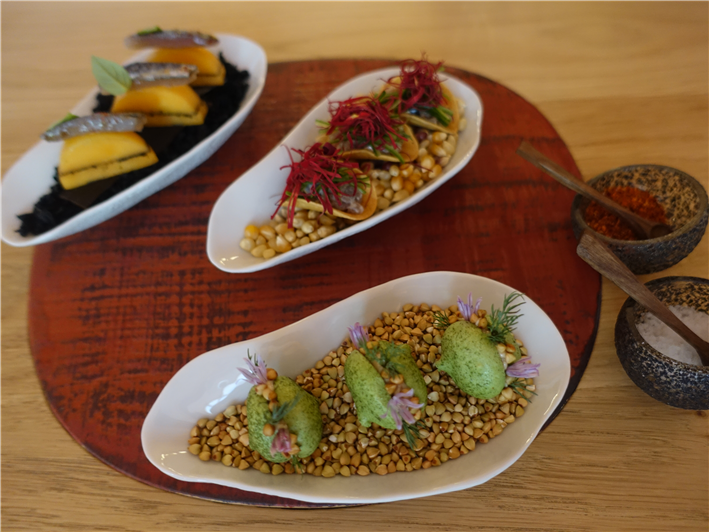
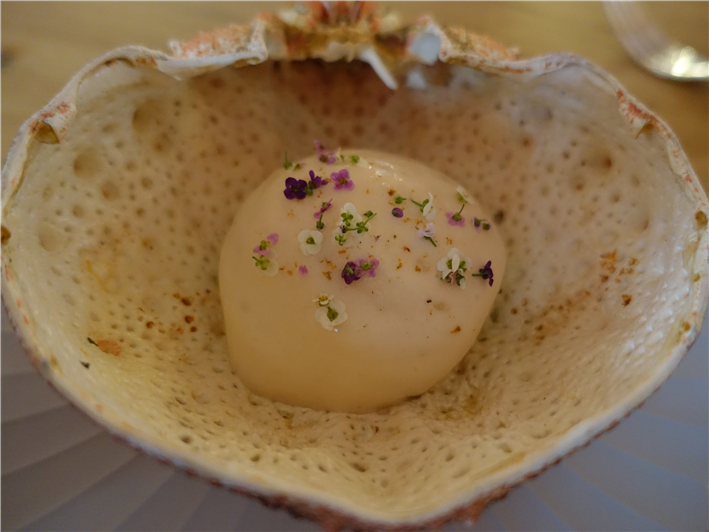
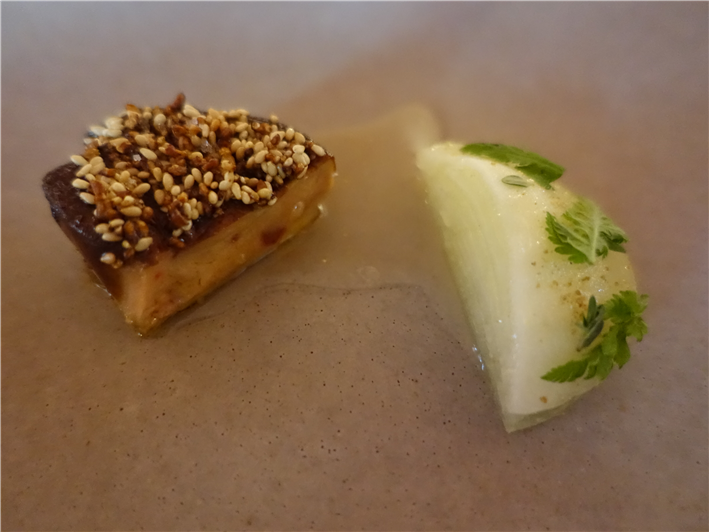
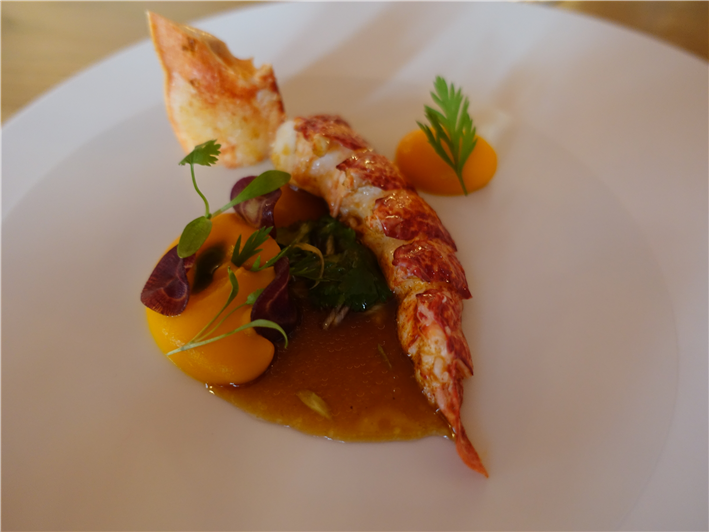
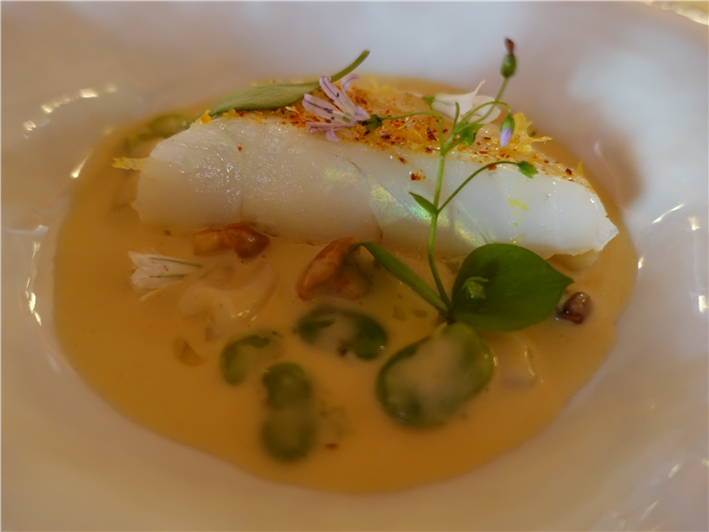
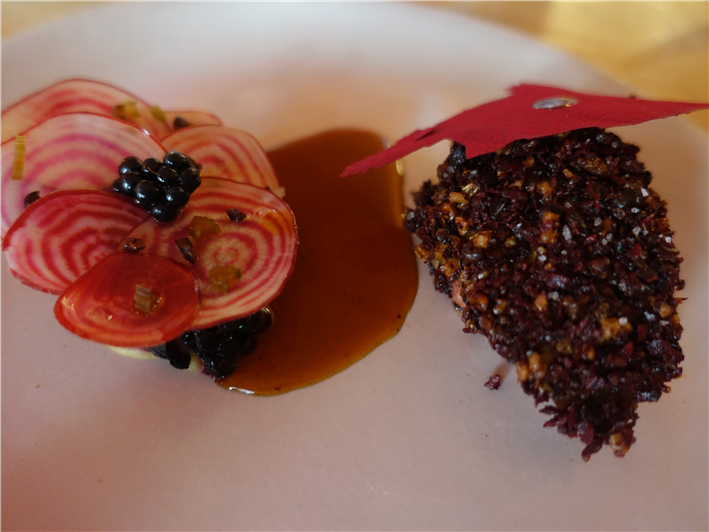
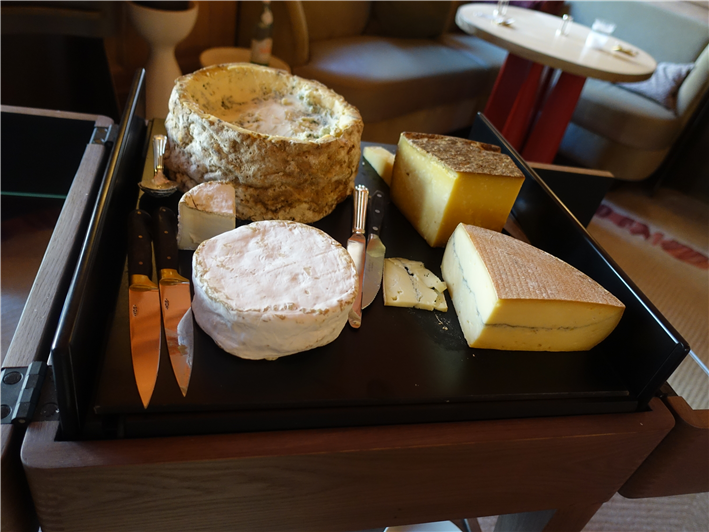

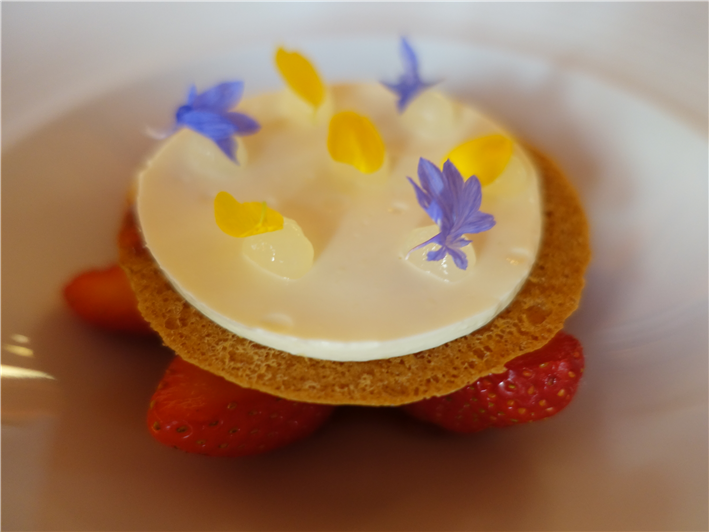
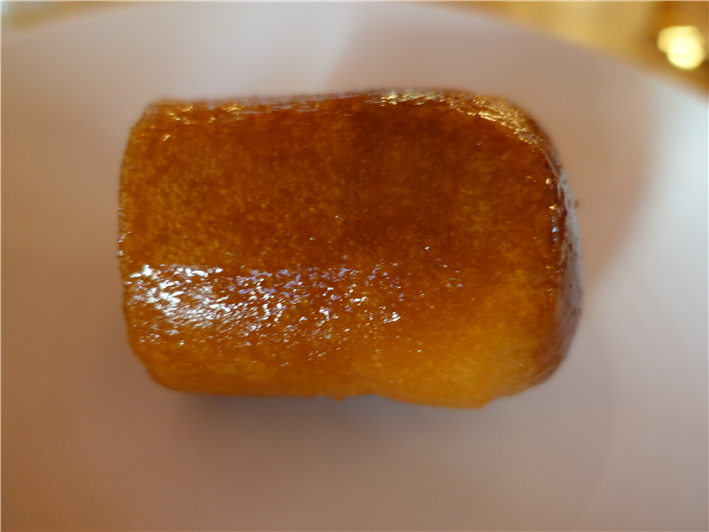
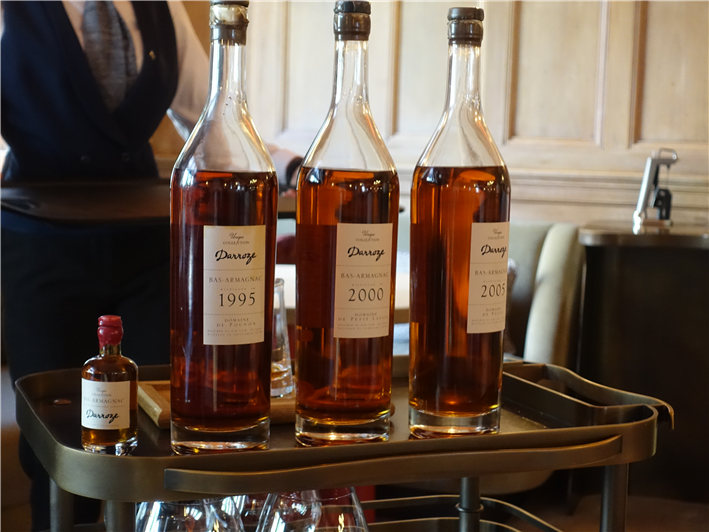
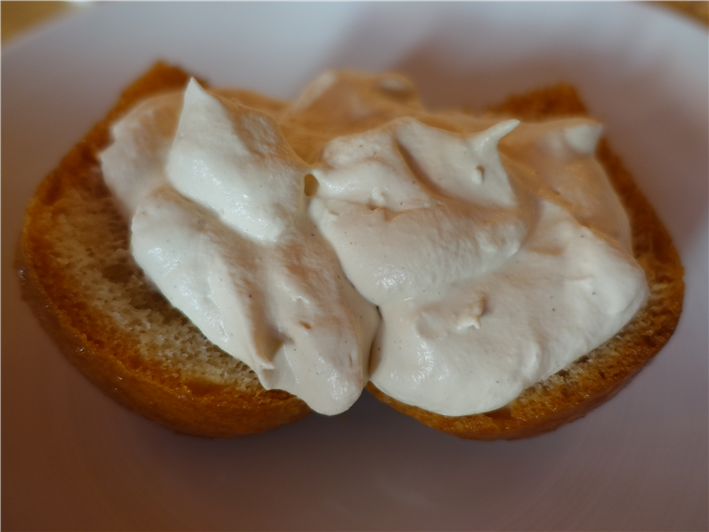
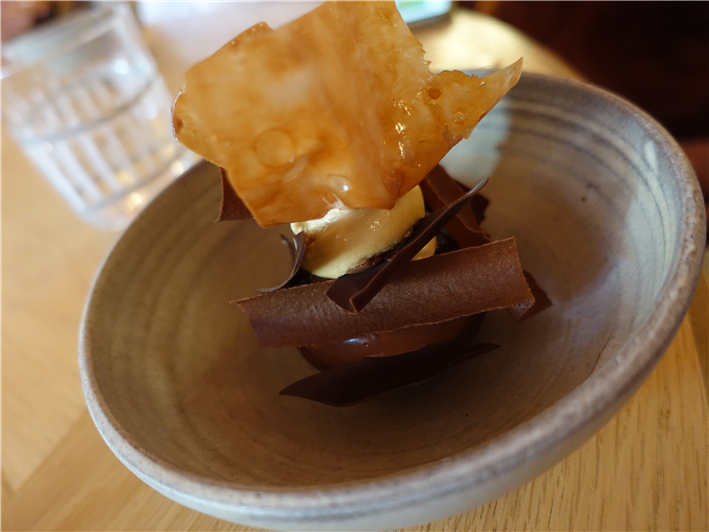
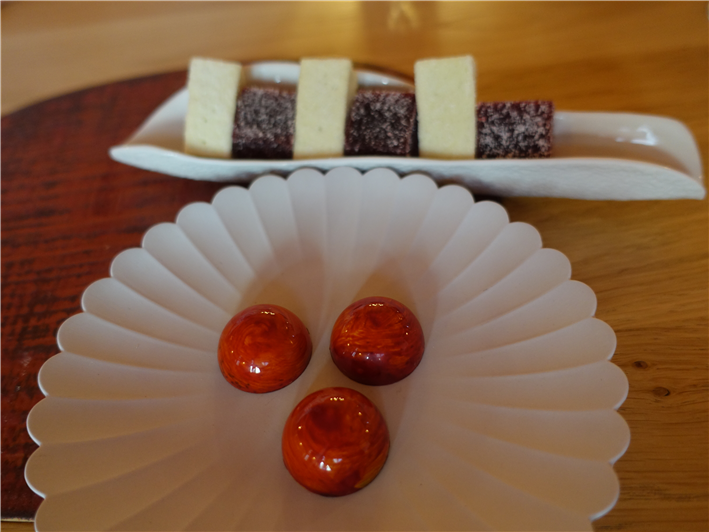
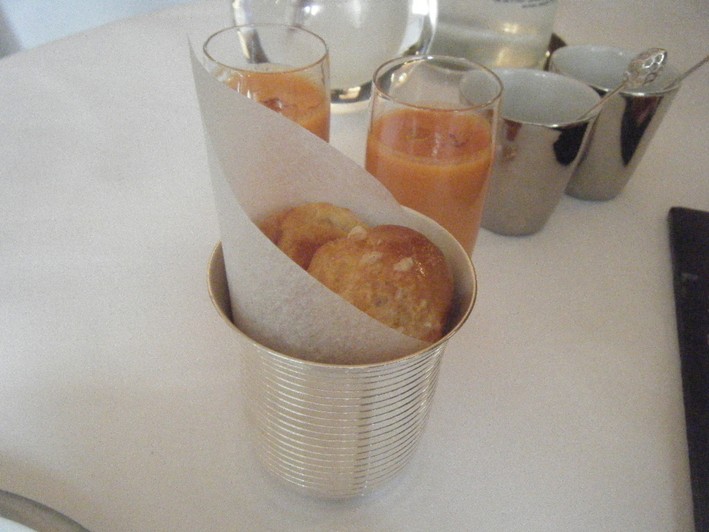

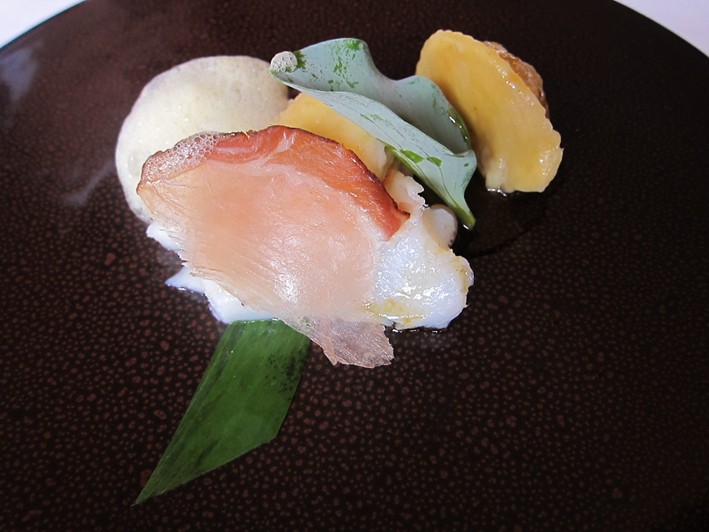
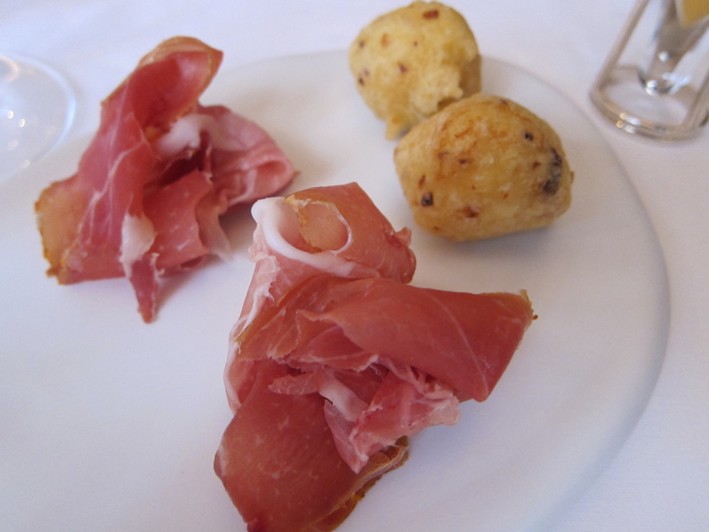
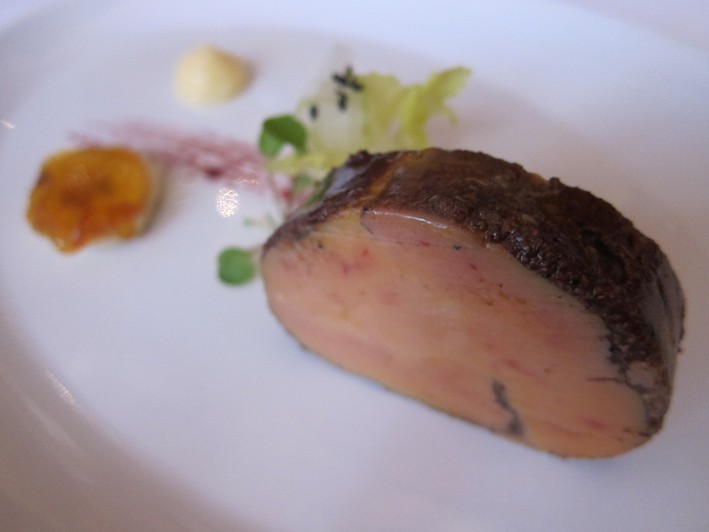
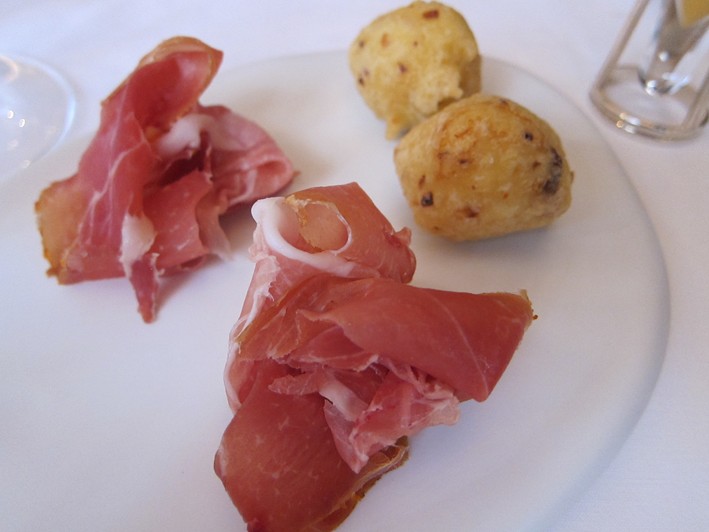
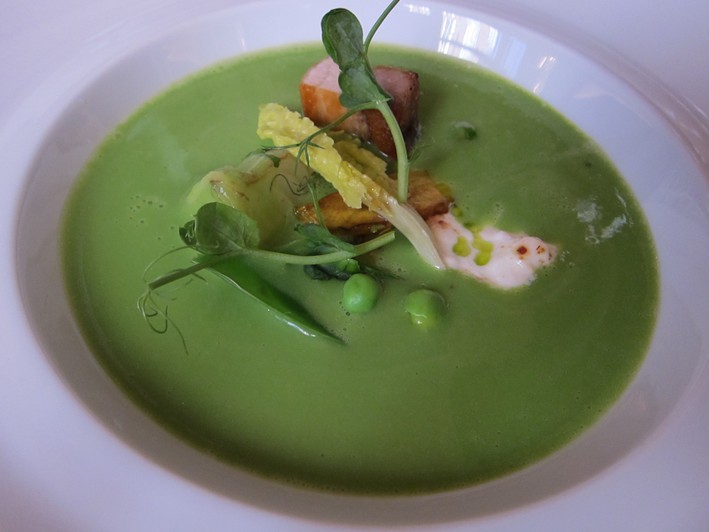

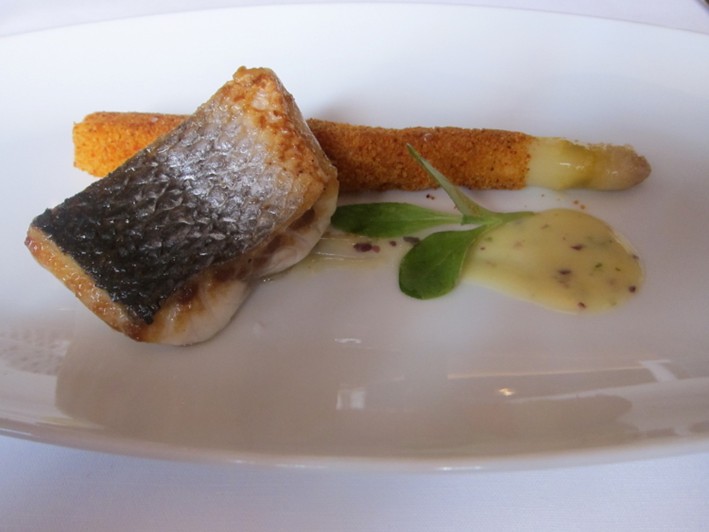
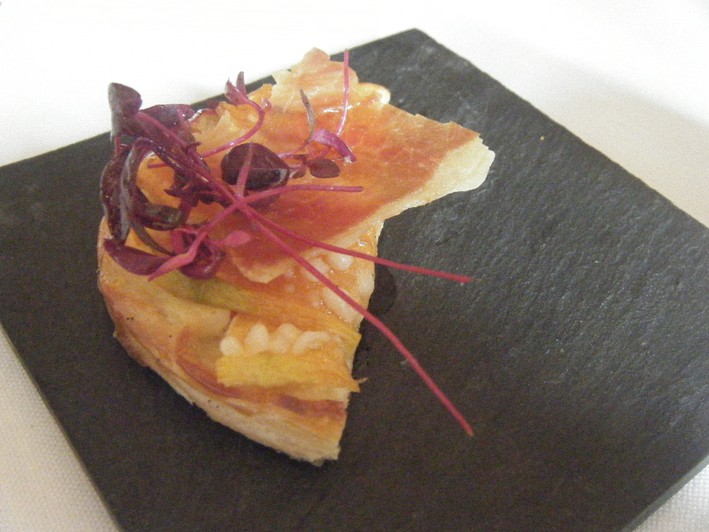

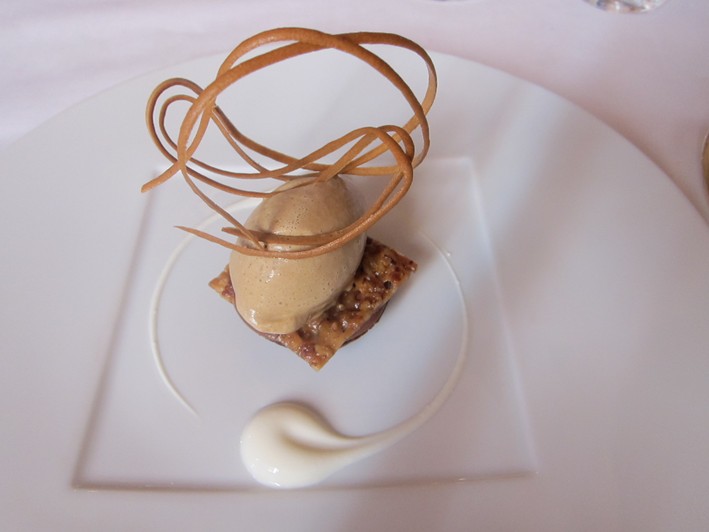

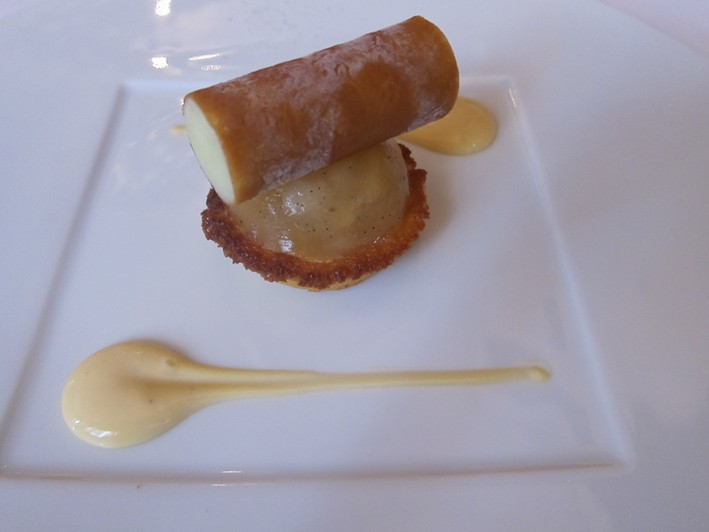

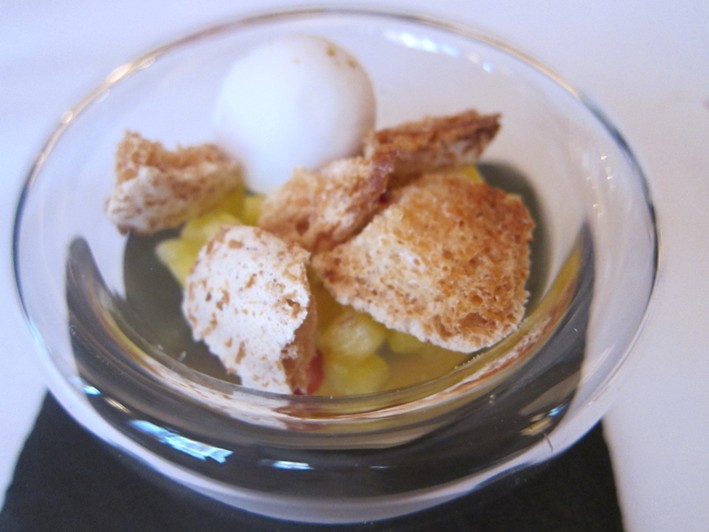
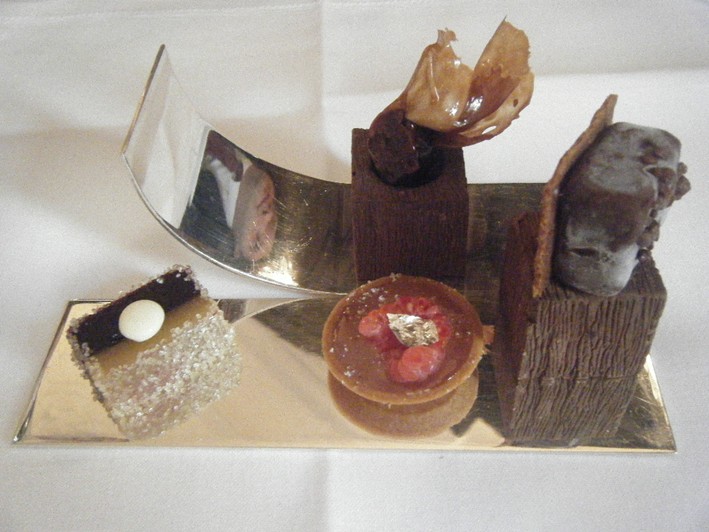
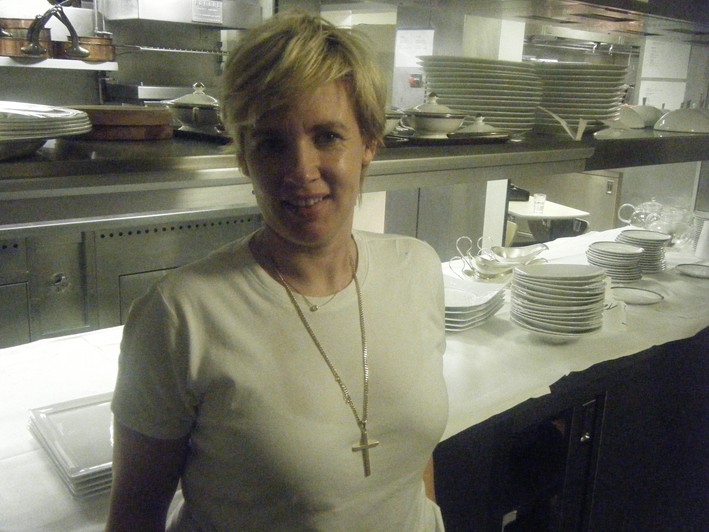
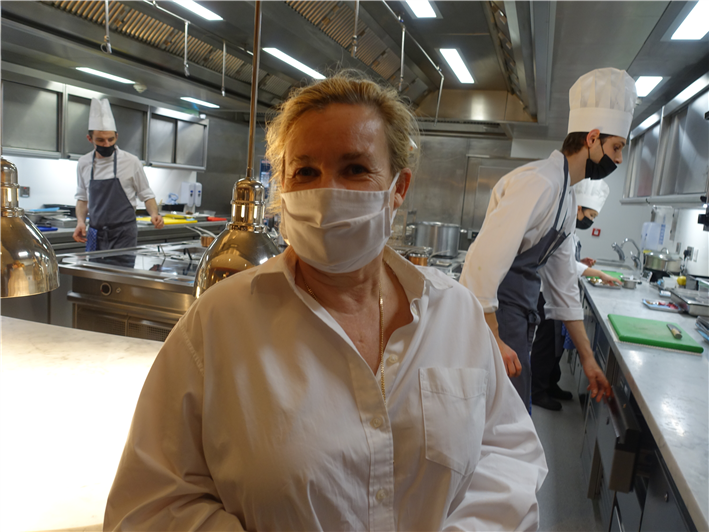

Tanya Morris
I had the pleasure of returning here on saturday. Had an excellent meal. Superb pigeon for the main meat element and two standout earlier courses - bluefin tuna with hazelnut, lime and dashi and a monster Scallop from Scotland. I plan to return for truffle season.